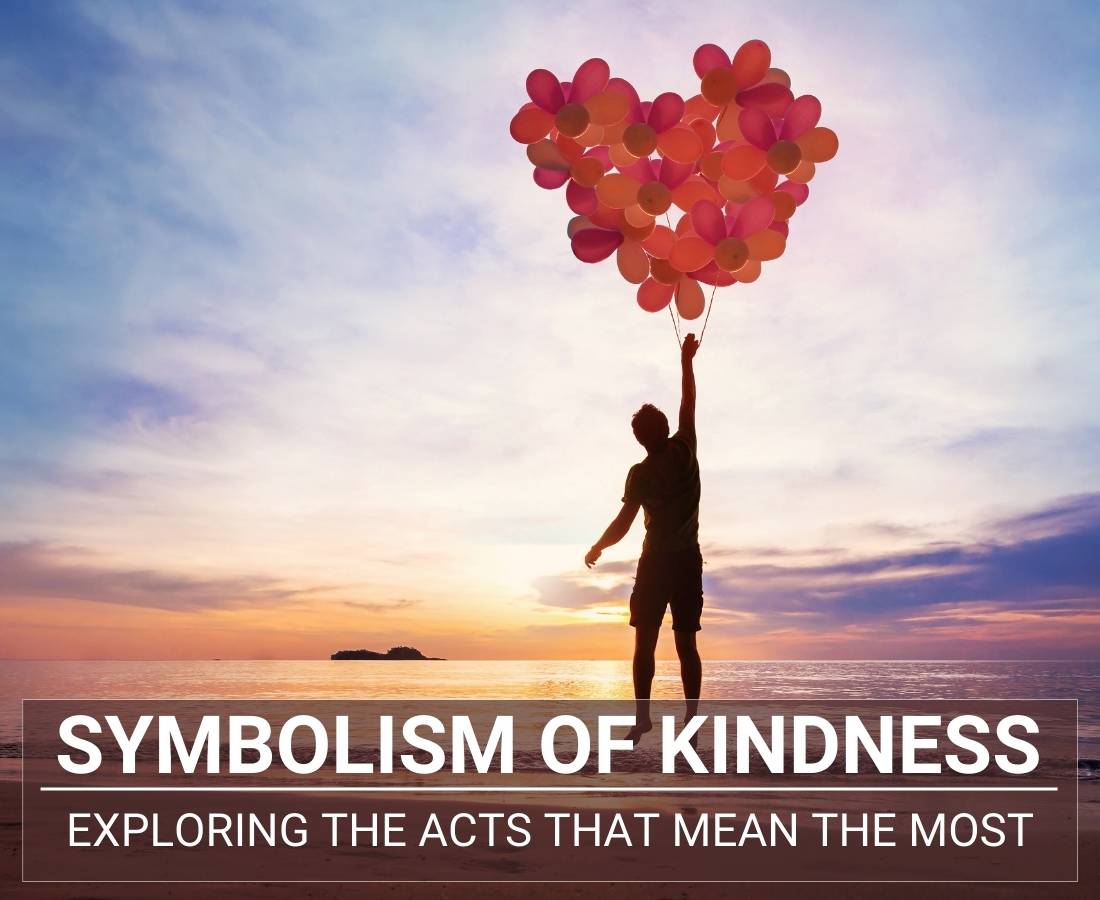Known as a virtue that feels just as good to receive as it does to practice, kindness helps those who are vulnerable overcome loneliness and isolation. Apart from stirring us to build healthier relationships, being more understanding of others significantly improves our self-esteem and unconsciously enhances our overall well-being.
Table of Contents
From being compassionate and sympathetic to creating a positive outlook and inspiring hope, here’s a gentle reminder of the symbolism of kindness.
When it comes to kindness, there are countless expressions of it. From small, everyday gestures to life-changing moments, the act of being kind carries a lot of weight. But what does kindness really mean? And what is its symbolism? In this blog post, we will explore the different acts that mean the most and why they hold such significance.
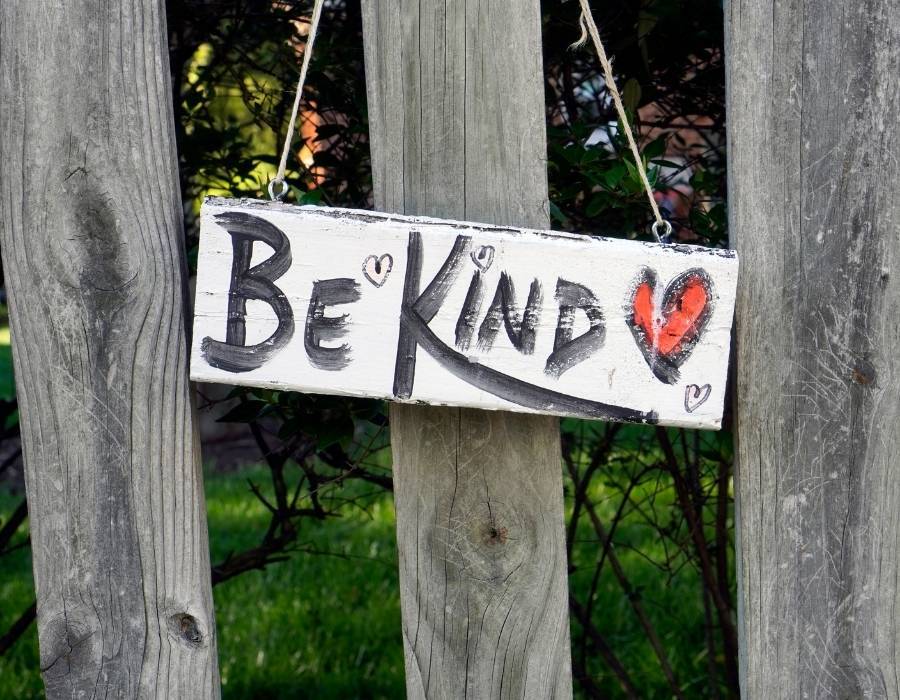
Key Takeaways:
- Performing acts of kindness makes us feel good physically. It turns out that being nice and always at the ready to lend a helping hand help produce endorphins, which are known as a natural way to ease physical pain.
- Being kind helps alleviate stress. Observed to have a lesser amount of stress hormones in their system, the more generous individuals noticeably age slower than the rest of the population.
- Helping others helps make us feel good. Apart from making other people happier, kindness creates a sense of belonging, which often inspires us to keep on giving.
“It’s more important to be kind than to be right.”
– Scott Fitzgerald, American novelist
Bees
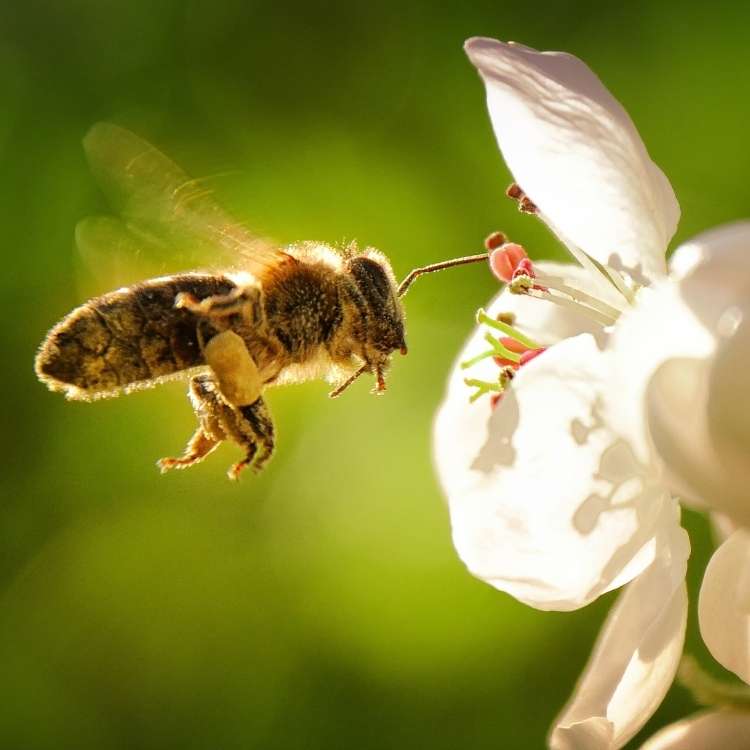
Admired for devoting their lives to the safety of their queen and the hive, bees have long been viewed as a symbol of hard work, dedication, and generosity. While the use of their stingers leads to instant death, their willingness to sacrifice for the good of their colony teaches us about the value of goodwill and unselfishness.
Revered for the role it plays in keeping the planet healthy, the bee flaps its wings rapidly to produce a positive charge that attracts pollen to its body. It would then transfer it to the many plants and flowers it visits, which ultimately inspires us to be of help to others.
Further reading about the symbolism of the bee
Bluebell
An attractive flower that is often associated with the Blessed Virgin Mary, the bluebell is a delicate sign of humility, steadfastness, generosity, and a vital member on our list of the symbolism of kindness. Sporting a non-threatening color that is often seen as a sign of reliability, its vibrant blooms are an indication that kindness helps relieve our anxieties and sorrows.
Used for a variety of purposes, bluebells bring to mind that being gentle significantly improves our spiritual health, enhances self-realization, and increases our levels of contentment. As our acts of kindness are often accompanied by feelings of emotional warmth, this flower promotes gentle behavior, enabling us to be more understanding of others.
Buffalo
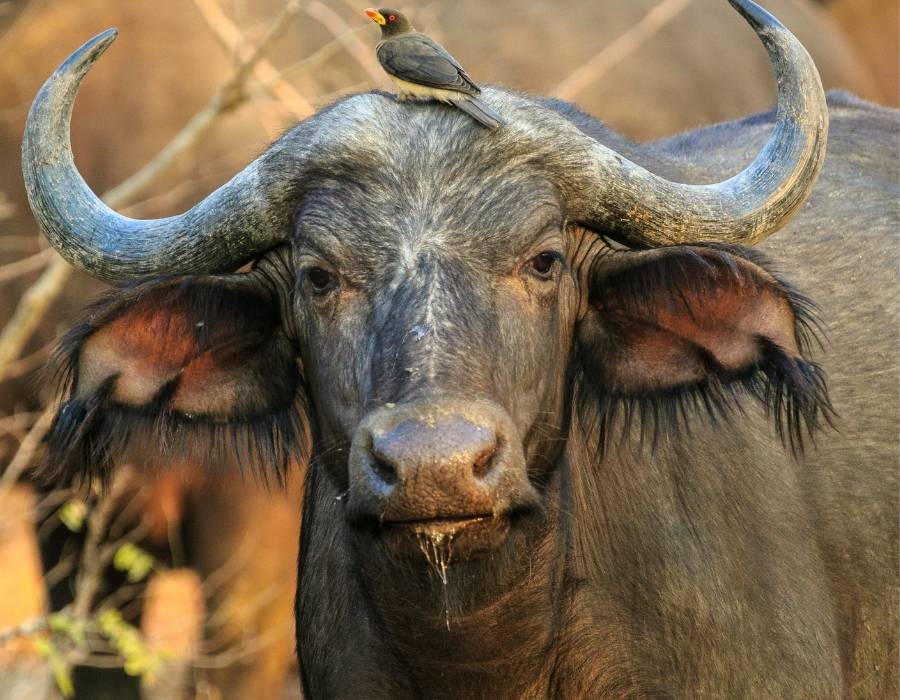
A relatively large animal that thrives in the company of its herd, the buffalo is a grumpy creature that represents strength, unity, and kindness. While they are brave enough to take on natural predators like tigers and lions, the more domesticated buffalos are gentle enough to provide us with milk and be used as an alternative mode of transportation (see also our post about the spiritually important white buffalo).
Typically calm yet majestically sized, which gives them a prominent image in the wild, their ability to provide nourishment has made them a sizable symbol of generosity. Using large horns that stick out from their skulls, they keep the female and the young of the herd safe from threats, which many consider an act of kindness.
“What wisdom can you find that is greater than kindness?”
– Jean-Jacques Rousseau
Scepter

While it is often used on ceremonial occasions as an ornamental staff to honor rulers, the scepter symbolizes a king or a queen’s power and sovereignty. Holding great significance for symbolizing spiritual authority and compassionate wisdom, it allows us to feel a natural high as we tap into something emotionally deep and meaningful inside.
A symbol of both supremacy and immortality, kindness has been observed to slow the process of physical aging, which is caused by high levels of free radicals and inflammation. Promoting longevity, the scepter enhances our sense of purpose, which inspires us to share our gifts and talents with others.
Endless knot
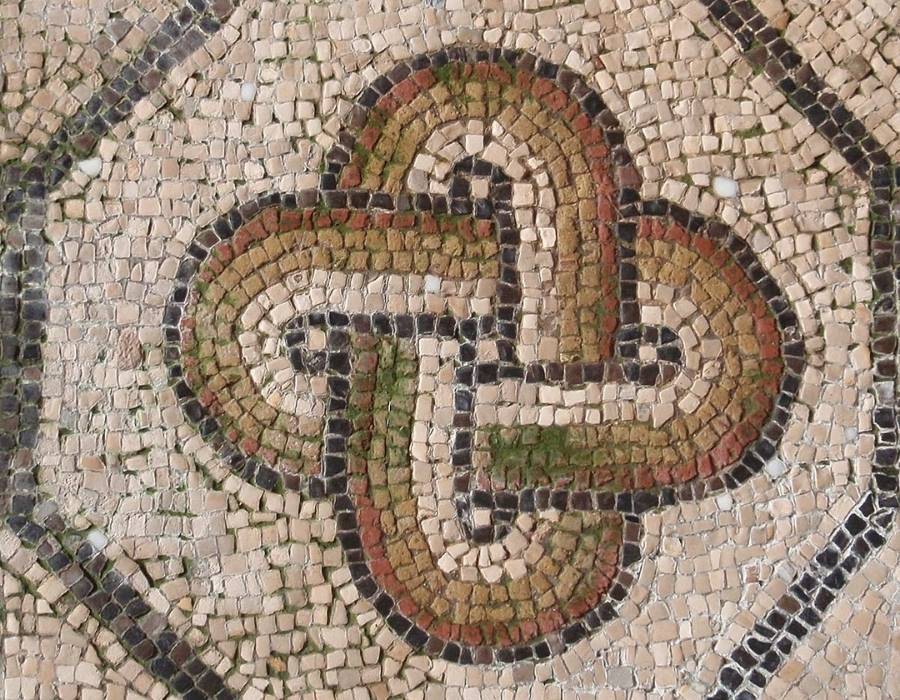
A revered symbol in various beliefs and traditions, the endless knot represents the deep connection between compassion and wisdom. It shows that by touching others’ lives, we inspire people to show kindness to others too. Kind gestures are believed to create a chain of kindness that spreads outwards, not just to the people we know but to our friends’ friends as well.
As many believe that doing good for others can have a positive effect, kindness helps us change the way we see ourselves. By urging us to be more connected with our peers, the endless knot makes us more patient, kind, and supportive.
“We can’t help everyone, but everyone can help someone.”
– Ronald Reagan
Random acts of kindness
Random acts of kindness refer to spontaneous acts of generosity or compassion towards others, often performed without any expectation of reward or recognition. These acts can range from small gestures, such as paying for someone’s coffee in line behind you, to larger acts of generosity, such as volunteering time and resources to support a cause or community.
The concept of random acts of kindness is often associated with the idea that even small gestures can have a significant impact on both the recipient and the person performing the act. By brightening someone else’s day, we can also improve our own sense of well-being and happiness. Furthermore, random acts of kindness can ripple effect, inspiring others to pay it forward and creating a chain of positivity.
Anahata Chakra
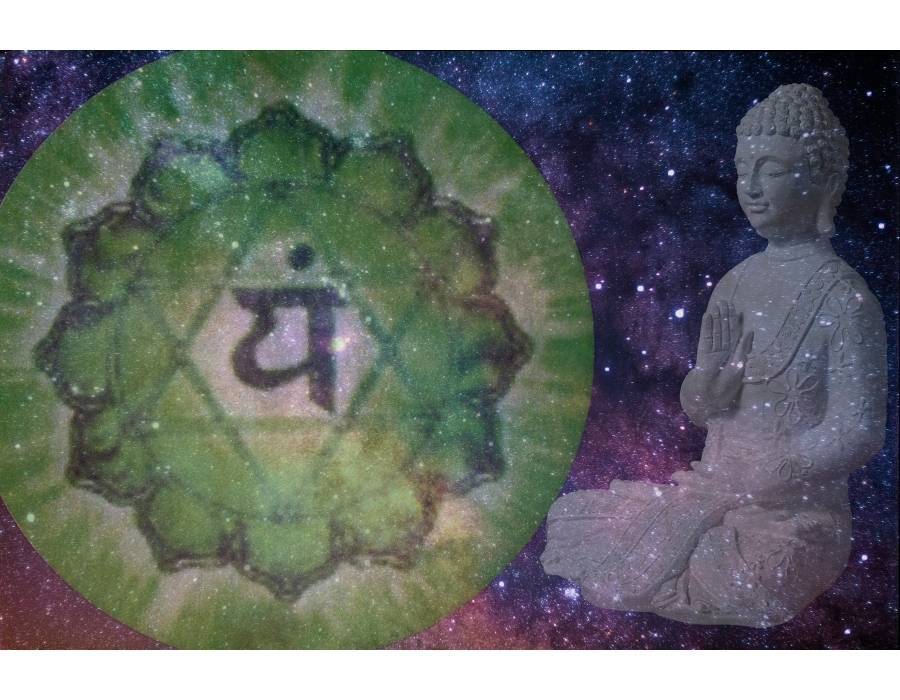
Often depicted as a six-pointed star within a circle, the Anahata Chakra is known to represent a state of being unhurt, unstruck, and unbeaten in Sanskrit. Its appearance is meant to awaken our forgiving and compassionate side.
Highly revered in beliefs to promote tenderness and mercy, this symbol urges us to reduce our exposure to life’s countless negativities. It encourages us to be in the presence of those that inspire and uplift instead.
Read more about the Chakra symbols explained.
Azure Dragon
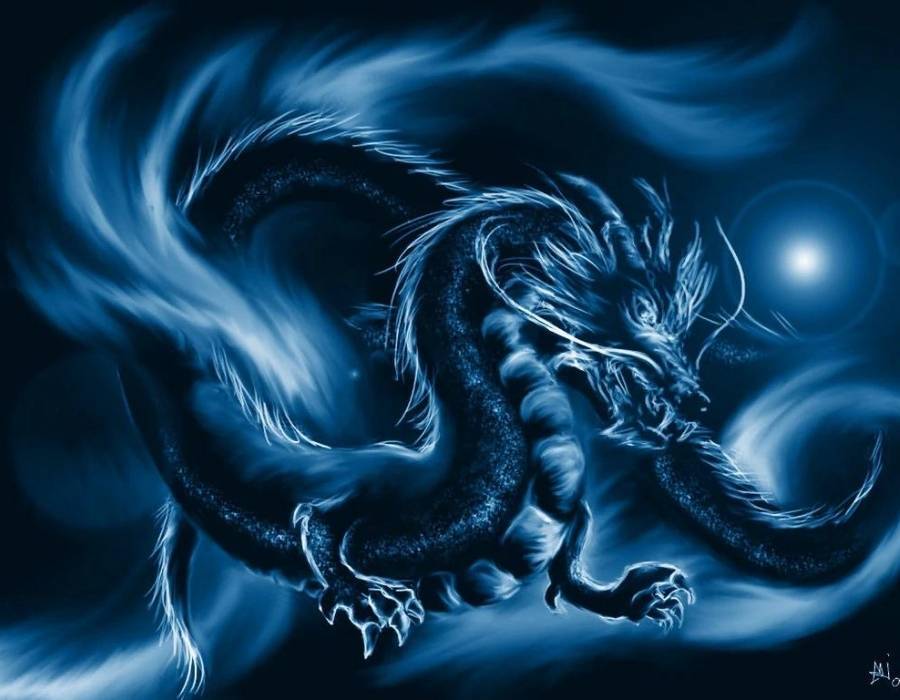
With powers that range from controlling the weather to fulfilling favors, dragons are undoubtedly the most celebrated creatures in Chinese mythology. As one of the most loved among its peers, the Azure Dragon has long been perceived to enflame our readiness to give. It also ignites feelings of safety and protection (having mentioned flame: we also wrote about the twin flame symbol).
While kindness can tap into our spirituality, knowing that we are doing what is right shows positive effects on both our bodies and minds. The Azure Dragon encourages us to express the best in ourselves and be more kind, helpful, and understanding of others.
Protection needed?
Throughout the centuries, people across different cultures have consistently come to a similar conclusion- an amulet that you can wear every day wherever you go is your best defense against evil. We put together the top 3 most potent amulets for you.
[lasso type=”table” id=”2″ link_id=”7123″]
Heart
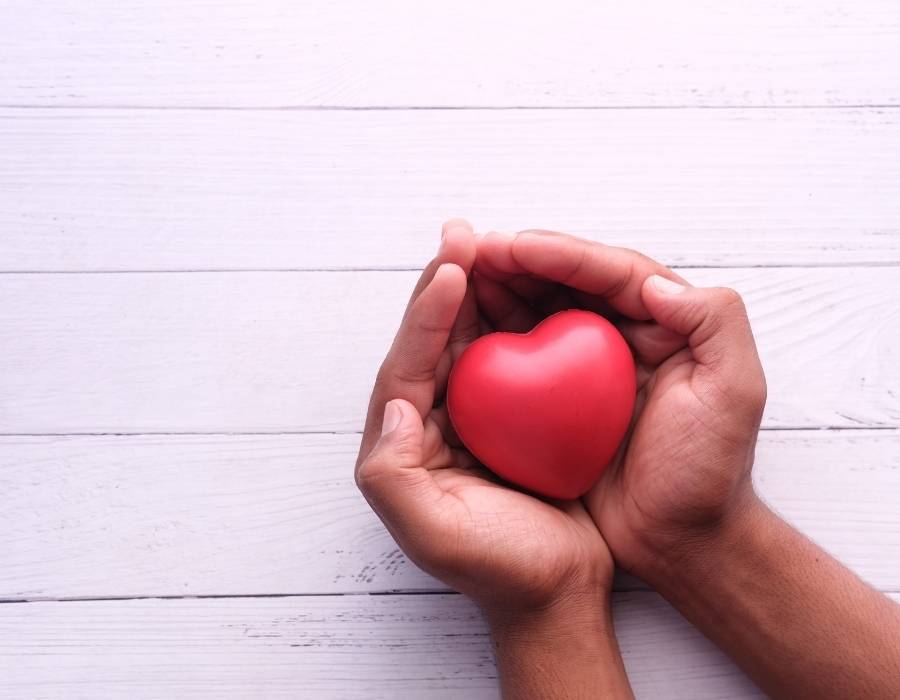
Now to the most obvious one on our list of the symbolism of kindness; associated with emotion and pleasure, the heart is often used to represent feelings that include love, kindness, and affection. Although even negative thoughts such as anxieties and fear may come from our hearts, it turns out that being nice to others is an effective way to keep our uncertainties at bay.
Widely used to symbolize our emotional, spiritual, and intellectual significance, the heart image urges us to be on the lookout for opportunities to help others constantly. Not only does it give us a sense of renewal, but it also creates a sense of purpose and belonging.
“Unexpected kindness is the most powerful, least costly, and most underrated agent of human change.”
– Bob Kerrey
Feathers
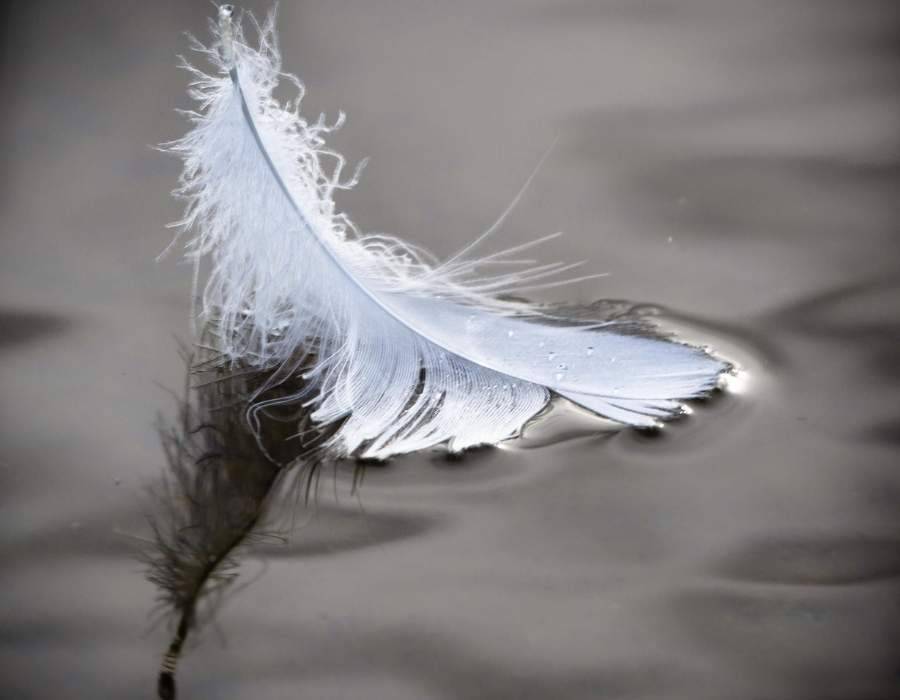
Feathers and kindness are often thought to go hand in hand. They have been a universal symbol of kindness, gentleness, and compassion for centuries. The reason they are often associated with angels or birds is that both creatures possess these qualities in abundance!
Symbolically, feathers have been used to represent hope, new beginnings, and spirituality. For many cultures around the world, feathers act as a reminder that we are all connected. They also show us that we can all come together and help each other no matter how different we may be.
Further reading about feather symbolism
Smiling
Giving or receiving a smile is often seen as a gesture of goodwill. It is one of the most basic human expressions and can be used to communicate a wide range of emotions, including kindness. It’s also one of the most prominent and easiest to achieve points on our list of the symbolism of kindness.

A smile has the ability to make us feel good by releasing endorphins, which are known to boost our moods. Symbolically, it also has the power to light up a room and make people feel more comfortable.
Handshake
A handshake is a gesture that is often used to show agreement, respect, or appreciation. It can also be seen as a sign of friendship.

This physical act of kindness is believed to have started as a way to show that the person you are shaking hands with is not carrying any weapons. Over time, it has become an important part of many social customs and is now seen as a way to show support or thanks.
A handshake is a simple gesture that can go a long way in making someone feel valued and appreciated. It is also a great way to show your appreciation for someone and act with kindness.
Open Arms
Open arms are a gesture that is often used to show welcome, acceptance, or support. It can also be seen as a sign of friendship.

This gesture is usually done with the palms up and the fingers spread apart. Open arms can also be done with one arm or both arms. The meaning behind open arms varies depending on the culture and the context.
Kindness is often seen as an act of selflessness. Symbolically, it has the ability to change the way we see ourselves and others. It can also be seen as a way to show our support for someone.
Gift Giving
Gift-giving is a gesture that is often used to show appreciation or thanks. It can also be seen as a sign of friendship.

This act of kindness usually involves giving something that the other person needs or wants. It can be anything from a material item to an experience. Gift-giving is a great way to show your appreciation for someone and act with kindness.
Hugging
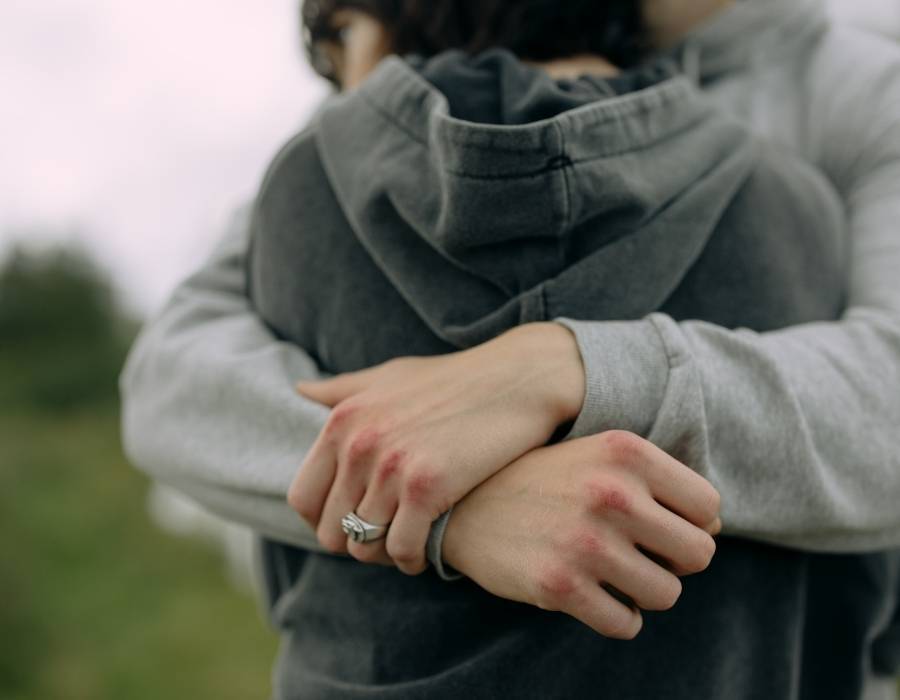
This act of physical touch can have a positive effect on our mental and emotional well-being. Symbolically, it has the ability to show our support for someone. Hugging is a great way to show your appreciation for someone and act with kindness.
Conclusion
From something as simple as a warm smile to volunteering your time, these symbolisms of kindness remind us not to lose sight of what’s truly important (see the quote.) Whether you held the door open for a mother who struggled with her baby’s stroller or ran after the dad who just dropped his wallet, it is always best to remember that sometimes, even the smallest acts make the biggest difference.
